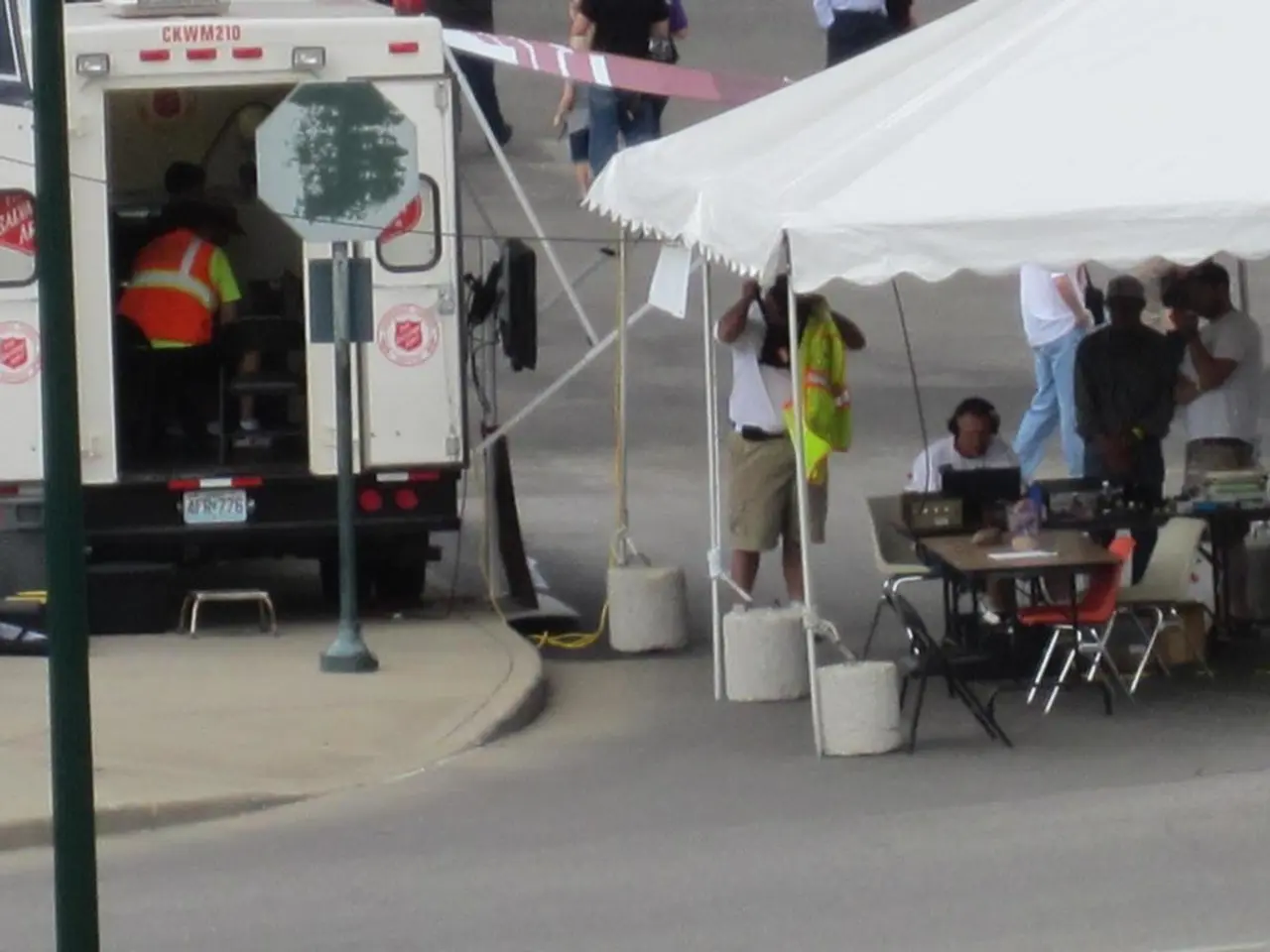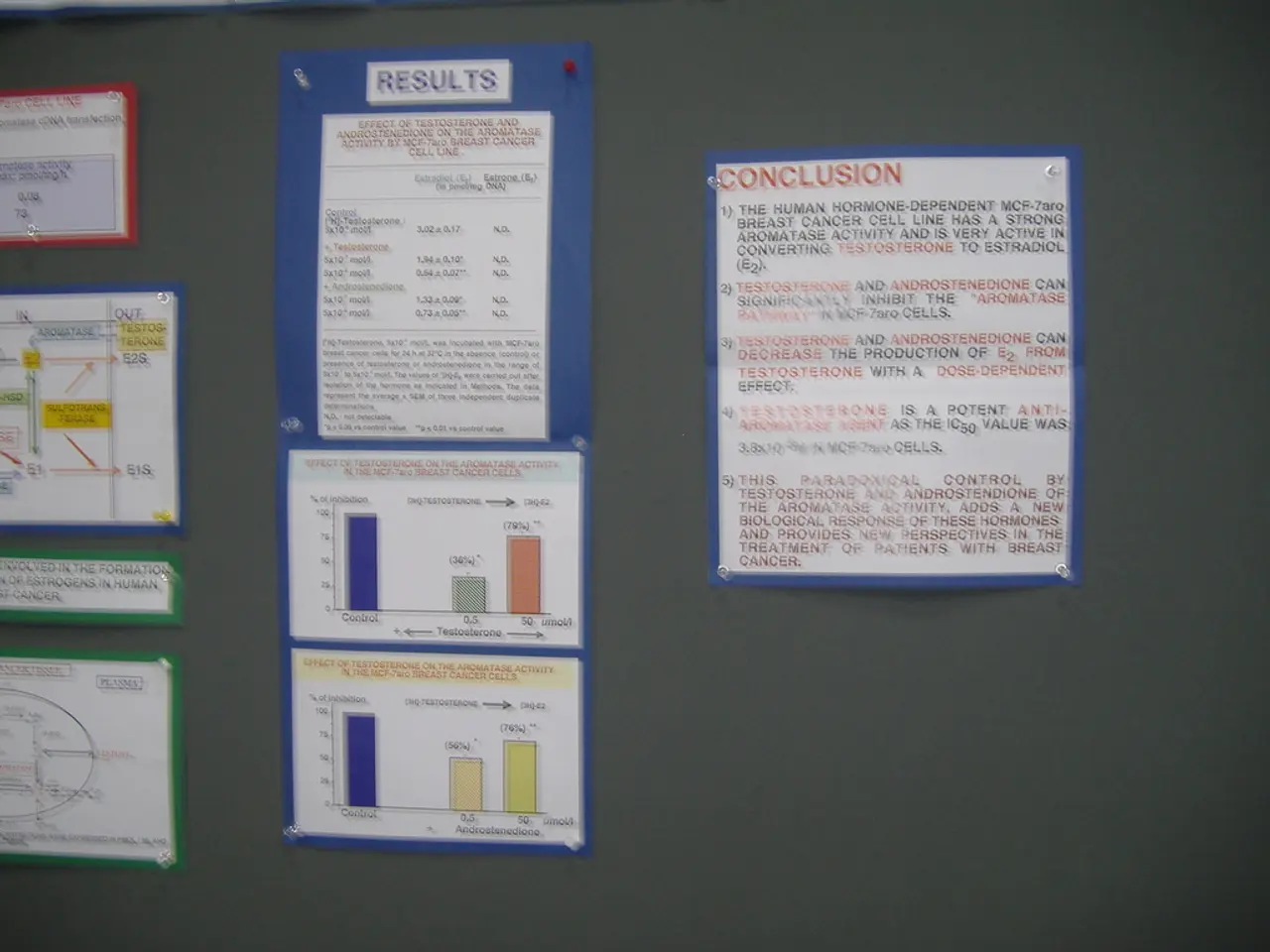Nine fatalities reported from a collision on Egypt's perilous 'Road of Death,' triggered by President El Sisi's directive to close hazardous parts.
**Egypt's Regional Ring Road: Ongoing Safety Concerns and Government Responses**
The Regional Ring Road, intended to connect regions and alleviate traffic, has become notorious for its safety issues, earning the grim nickname "Road of Death" due to the high number of fatal incidents. Recently, a series of accidents, including one on June 26 that claimed 19 lives, has sparked national outrage and prompted serious government responses.
The surge in accidents can be attributed to several key factors. Poor road infrastructure, with neglected stretches, poor lighting, inadequate safety barriers, and a lack of clear road signage, contributes significantly to the high accident rate. Ongoing repairs along a 110km segment of the road, replacing asphalt with concrete, have led to lane closures and narrow, poorly divided paths, making it difficult for drivers to maneuver safely. Reckless driving, including speeding and drug use among drivers, has also been identified as a critical risk factor.
In response, the Transport Minister, Kamel Al-Wazir, announced a comprehensive upgrade of the 152km road with a budget estimated at EGP 50 billion. Work has commenced on 110 kilometers, with plans to complete the remainder in phases to meet modern safety standards. President Abdel Fattah Al-Sisi has ordered the temporary closure of all parts of the Regional Ring Road currently undergoing maintenance to protect public safety and facilitate quicker completion of repairs. Alternative safe routes are being arranged.
The Ministry of Interior has intensified traffic enforcement, targeting speeders and overloaded vehicles, and a crackdown on drug-impaired driving has led to the arrest of 48 drivers and the recording of hundreds of traffic violations on the Ring Road. The Ministry of Health has coordinated medical and psychological support for accident victims and their families, and labour authorities have considered compensation for families of irregular workers killed on the road.
However, critics and local residents highlight that many safety hazards persist, and the slow pace of infrastructure upgrades continues to endanger commuters daily. The maintenance work itself creates risky conditions for drivers due to narrow lanes and traffic mixing heavy vehicles with smaller ones in confined spaces, arguably turning parts of the road into a "death trap" during construction periods. The high volume of heavy trucks and microbuses using the road, often under pressure to meet tight schedules, exacerbates risk factors such as speeding and overloading, which are difficult to regulate fully despite enforcement campaigns.
President Abdel Fattah El Sisi has ordered the Interior Ministry to intensify enforcement of traffic laws, and he has also ordered the closure of the Regional Ring Road where the accident took place. Lorry drivers have come under increased scrutiny after the June 26 crash, but they argue they are being unfairly blamed for accidents caused by poor road conditions.
In summary, the surge in accidents on Egypt's Regional Ring Road stems from a combination of deteriorating infrastructure, challenging ongoing repairs, and risky driving behaviors, including drug use and speeding. Government responses have included a major upgrade project, partial road closures, heightened enforcement, and victim support, but significant safety hazards and operational challenges remain, requiring sustained attention to reduce fatalities and injuries effectively.
- The high number of fatal accidents on Egypt's Regional Ring Road, often referred to as the "Road of Death," has led to national outrage and sparked serious responses from the government, as evidenced by the ongoing upgrade project estimated at EGP 50 billion.
- Ongoing accidents on the Regional Ring Road can be attributed to several factors, including poor road infrastructure, such as neglected stretches, inadequate safety barriers, and lack of clear road signage, as well as reckless driving behaviors like speeding and drug use by drivers.
- Government responses to the safety concerns on the Regional Ring Road include not only the comprehensive upgrade of the road but also increased enforcement by the Ministry of Interior, targeting speeders and drug-impaired drivers, and medical and psychological support for accident victims and their families provided by the Ministry of Health.
- Critics and local residents argue that many safety hazards persist, and the slow pace of infrastructure upgrades continues to endanger commuters daily, particularly during maintenance periods when narrow lanes and traffic mixing create risky conditions for drivers.
- The high volume of heavy trucks and microbuses using the Regional Ring Road, often under pressure to meet tight schedules, exacerbates risk factors such as speeding and overloading, which are difficult to regulate fully despite enforcement campaigns.




